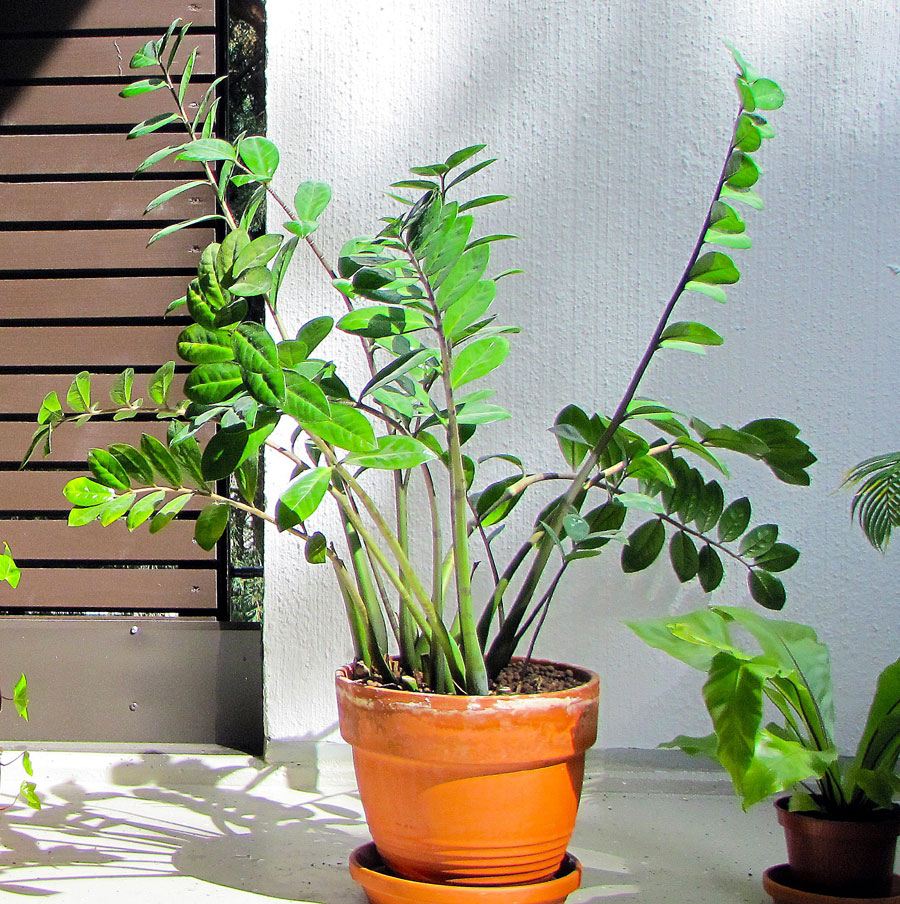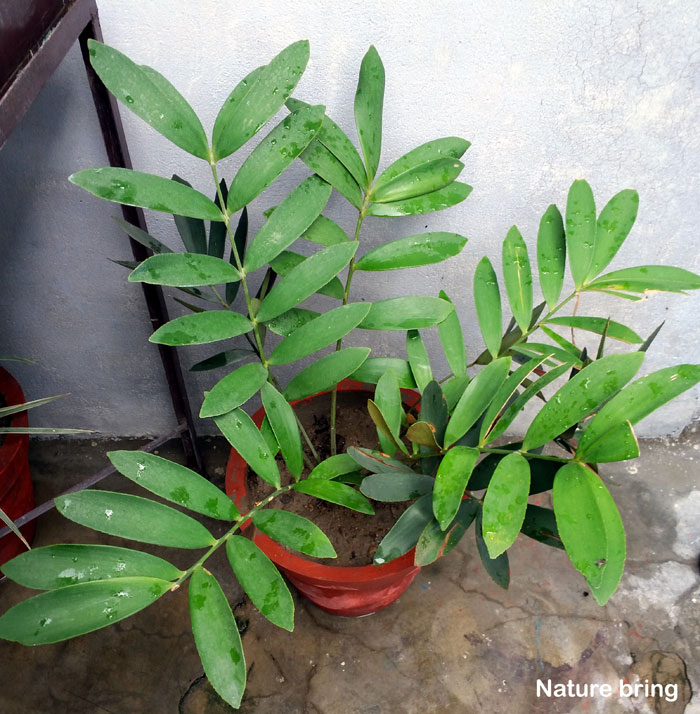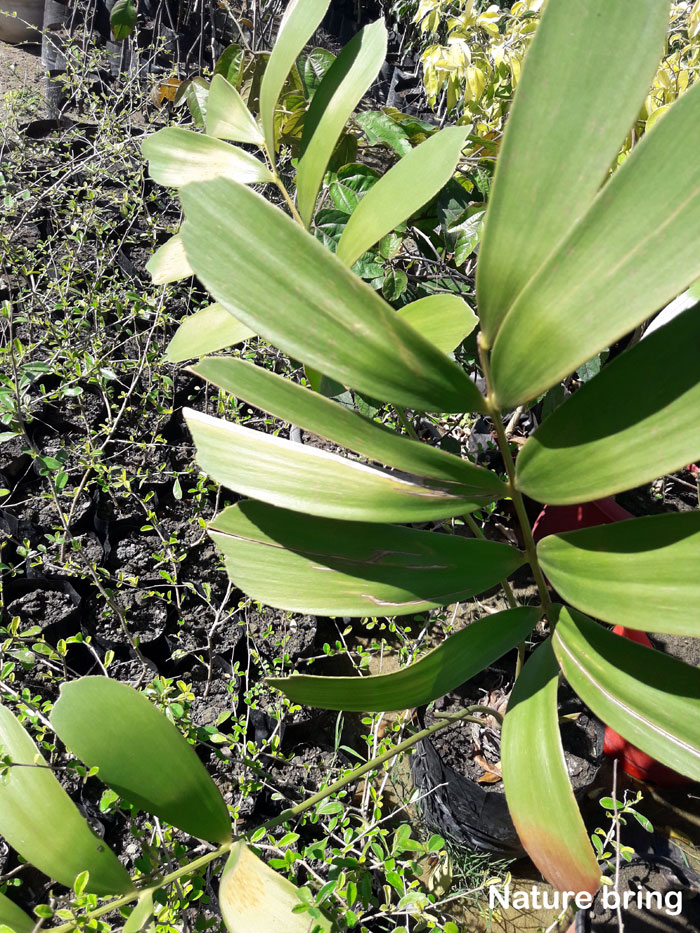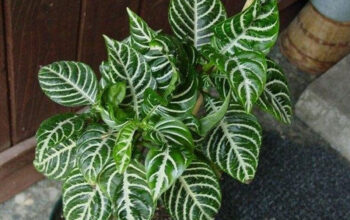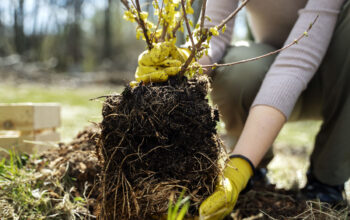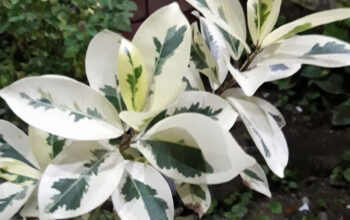ZZ Plants (Zamioculcas)
There are several common names for this plant, including ZZ plant, Zuzu plant, Zanzibar gem, Aroid palm, eternity palm, and emerald palm. The plant is native to eastern Africa and grows between southern Kenya and northeastern South Africa. It is grown mostly for its glossy foliage and easy care that makes it an attractive ornamental plant.
A perennial plant grows to a height of 45 to 60 centimeters from a stout underground rhizome. The plant is normally evergreen but becomes deciduous during periods of drought. The plants survive drought due to a large rhizome that stores water until rainfall restores the vegetation. This plant has smooth, shiny leaves that are 40-60 centimeters long with 6-8 pairs of 7-15 centimeters long leaflets. The leaves are pinnate and dark green. There is a thickening at the bottom of the stems of these pinnate leaves.
Overview of ZZ Plants
Scientific name Zamioculcas
Common name ZZ plant, aroid palm, Zanzibar gem, Zuzu plant
Plant type Perennial, houseplant
Sun required Bright or moderate indirect sunlight
Soil Rich, porous soil
Soil pH 6.0-7.0
Zone 9-12
How to Grow and Care ZZ Plant
Zanzibar games (zuzu plant) are low-maintenance houseplants that grow to be characterized by glossy, broad, oval-shaped foliage. Occasionally, these plants are mistaken for artificial because their waxy leaves are so deep green. If you plant or repot your ZZ plant, do so in spring or summer when it’s growing actively. They’re slow-growing, so you shouldn’t need to repot them often. Despite neglect and a lack of light, this plant retains its beauty for months and months.
They’re mildly toxic to humans and animals. When the foliage is consumed by cats and dogs, ZZ plants can cause irritation. You should always keep houseplants out of the reach of young children and pets.
Sunlight
ZZ plants flourish in bright or moderate indirect light, although they can also grow in extremely low light levels. An office or bathroom without windows would benefit greatly from this plant since it would only receive small amounts of fluorescent light. However, when inadequate light is provided, the plants can become leggy quickly. Make sure you don’t expose your plants directly to sunlight, as it can scorch their leaves.
Water
Their water needs are similar to cacti. These plants are drought-tolerant due to their thick rhizomes and require very little watering. Generally, ZZ plants should be watered once a week or two after the soil has dried out completely. If the light is bright, keep watering more often. If the light is low, keep watering less often. Overwatering this plant is a rare cause of death. ZZ plants turning yellow indicate they are getting too much water and their underground rhizomes may be rotting. Make sure you water it so that the moisture drains out of the bottom of the pot and you throw away the excess water.
Soil
The potting medium is not particularly important for ZZ plants as long as it drains well. Generally, standard potting soil will be sufficient. Nutrient-rich, porous soil is the best for growing the zuzu plant. To improve aeration in the soil, get regular potting soil mixed with perlite or cactus soil. It is best not to use garden soil, as ZZ plants can’t tolerate wet soil for long periods of time.
Temperature and Humidity
Usually, the average household temperature and humidity are fine for Zanzibar gems. You should not let it drop below 60°F (15°C), so do not place your plant in an area that gets a lot of drafts or is particularly cold in your home.
Plants such as ZZs are extremely hardy. In general, they thrive at any humidity level, but at regular indoor humidity levels of around 40-50% they do best. The ZZ Plant, however, can be susceptible to insects and diseases at extremely high humidity levels. While ZZ plants do not require humid conditions, if your home is on the dry side, consider increasing the humidity around your plant by investing in a humidifier or Placing a tray filled with water under your plant.
Fertilizer
Emerald palm plants can survive without fertilizer. As a precaution, you should fertilize your plant as needed with indoor plant fertilizer, diluted half-strength, during its active growing season in order to maintain its optimal health. Fertilizer that is too strong can damage the foliage and roots of your ZZ plants, so always dilute your fertilizer to half strength. During the growing season from spring through fall, ZZs should be fertilized with a balanced fertilizer such as 10-10-10 or 20-20-20.
Read also:
How to grow Dieffenbachia houseplants. Growing Vanilla beans in your garden. Foxtail fern growing and care tips. How to grow Tuberose Bulbs. Viburnum growing and care tips. Persian shield houseplants growing guide. Anise plants growing and care guide. Ice plants growing in your garden. 07 Most Popular Kalanchoe varieties. Boston Fern growing and care tips. 10 Easy Diy garden trellis idea.
For Pin:

